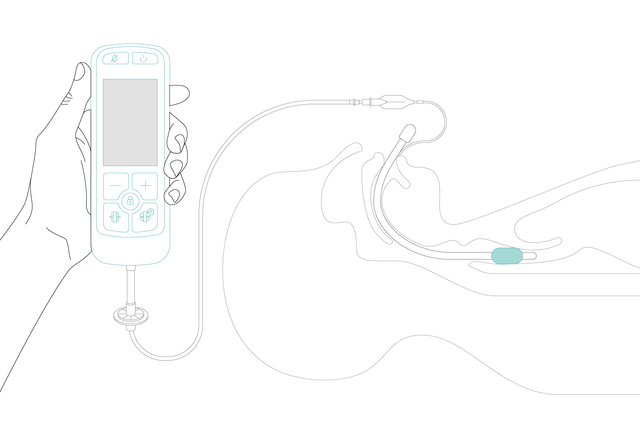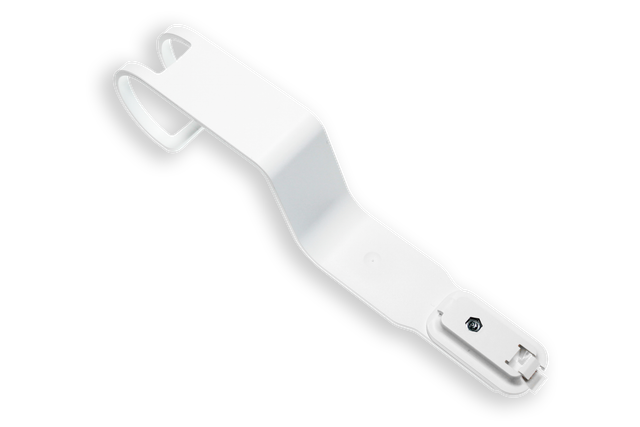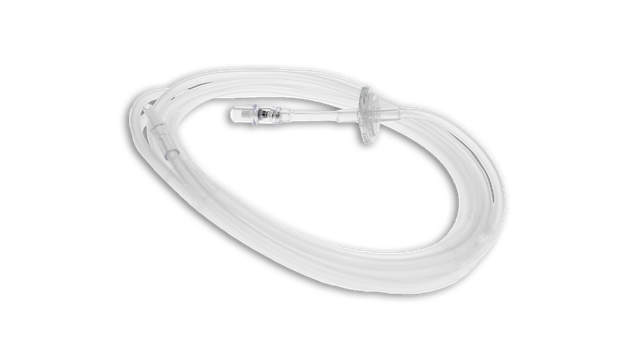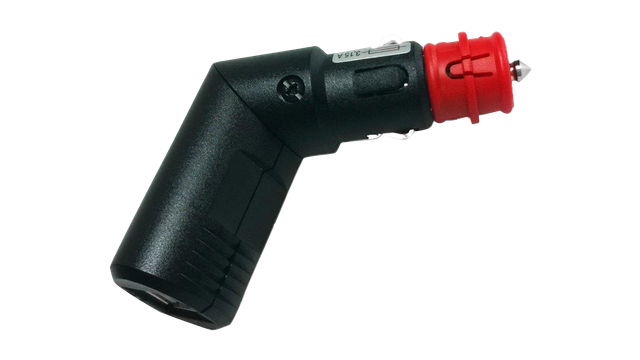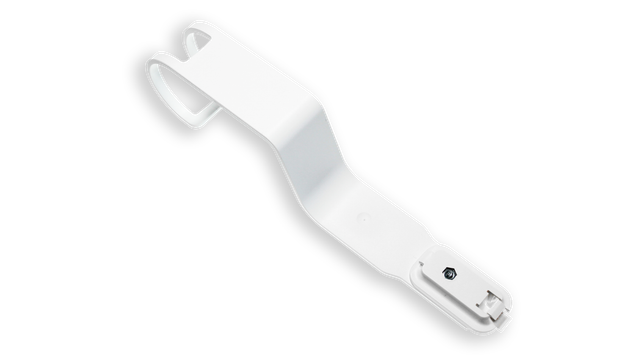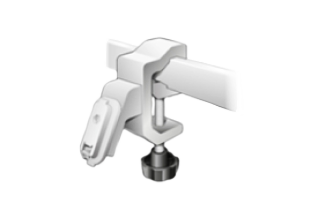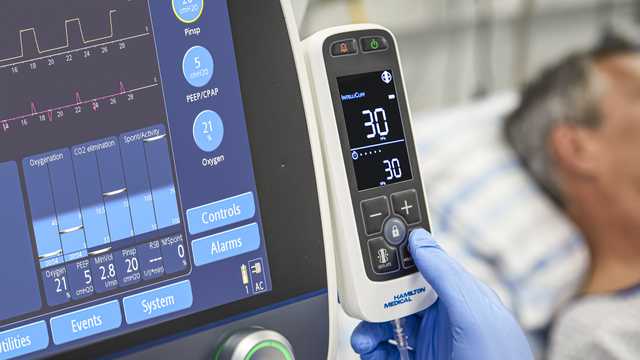
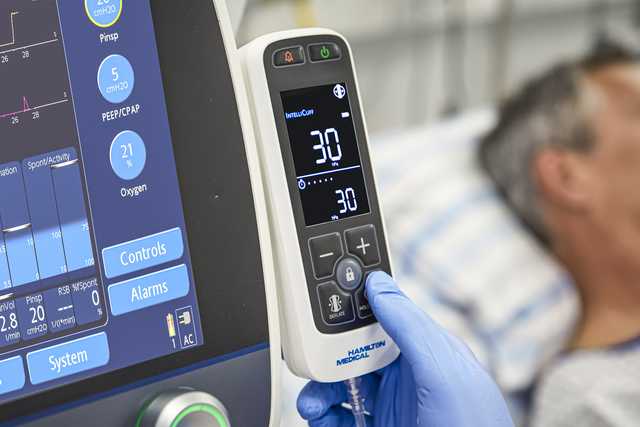
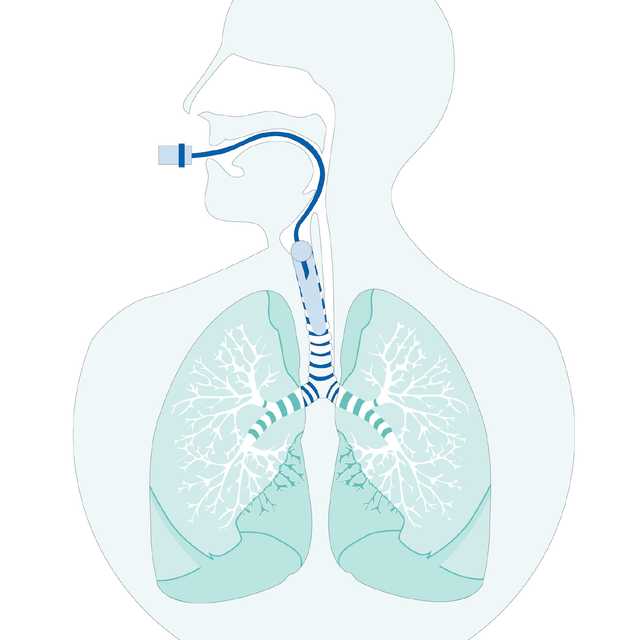
Para una presión controlada del manguito y una mayor seguridad del paciente
La presión del manguito, que se controla y se optimiza constantemente, admite terapia ventilatoria y protege al paciente de sufrir neumonía asociada a la ventilación mecánica (NAV) y lesiones traqueales (
IntelliCuff hace casi todo el trabajo por usted. Basta con ajustar la presión de manguito que desee e IntelliCuff la mantendrá automáticamente. Este dispositivo puede utilizarse de forma segura con una amplia gama de presiones para diferentes tubos endotraqueales con manguito.
Independientemente de que se utilice durante el transporte aéreo con cambios bruscos en la presión ambiental, como en el quirófano para la anestesia general con N2O o la cirugía, IntelliCuff controla y mantiene continuamente una presión de manguito óptima para una mayor seguridad del paciente. Incluso durante algunas de las situaciones más críticas (
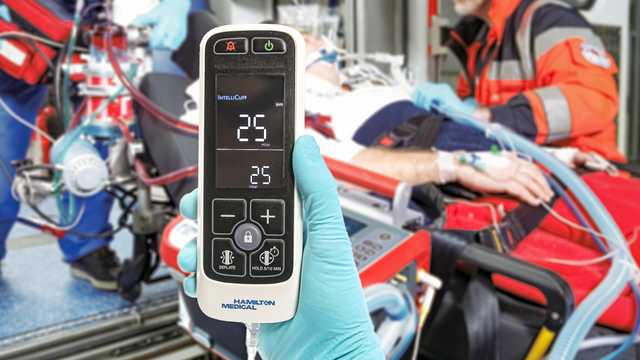
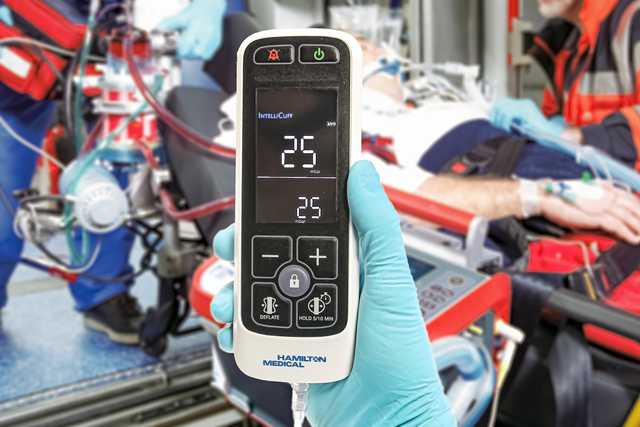
Le acompañará allá donde vaya. Compacto y portátil para cualquier situación
Adecuado para pacientes adultos, pediátricos y neonatos. IntelliCuff asegura el control de la vía aérea en una gran variedad de situaciones diferentes, desde las UCI y los quirófanos hasta en los traslados. Se puede utilizar para rescates de emergencia por tierra o aire, incluso a grandes altitudes.

Testimonios de clientes
Usamos IntelliCuff como función estándar para ayudar a evitar la NAV en los pacientes con ventilación mecánica. IntelliCuff controla la presión del manguito automáticamente y a intervalos regulares. Nos resulta de gran ayuda a los profesionales sanitarios, puesto que no tenemos que comprobar la presión del manguito manualmente cada hora.
Sandra Rupp
Jefa del departamento de Enfermería de la UCI
Grisons Cantonal Hospital, Chur, Suiza
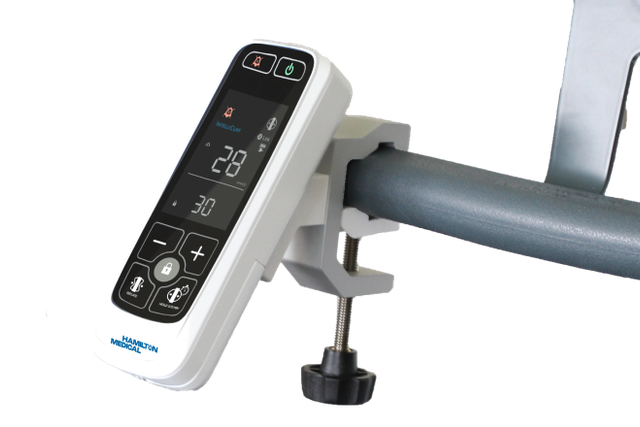
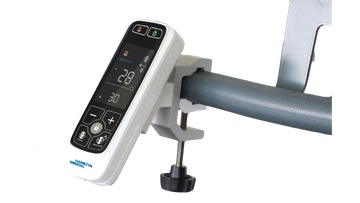
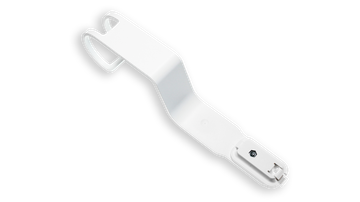
Montaje con un solo clic. Toda una gama de soluciones de montaje
Sus diferentes interfaces le permiten montar el IntelliCuff donde lo necesite. Con un solo clic.


Se adapta con facilidad. Compatibilidad del respirador
El dispositivo independiente IntelliCuff es el compañero perfecto para los respiradores de Hamilton Medical.
